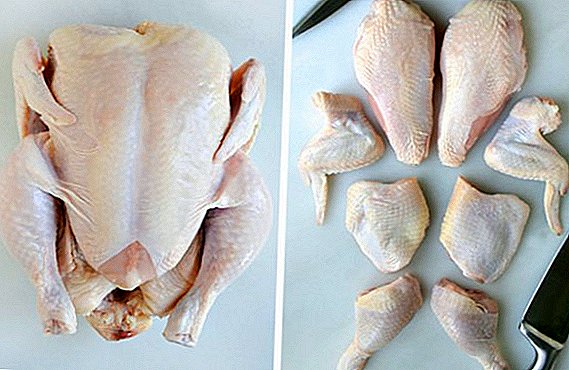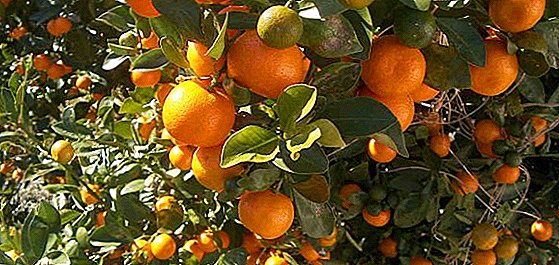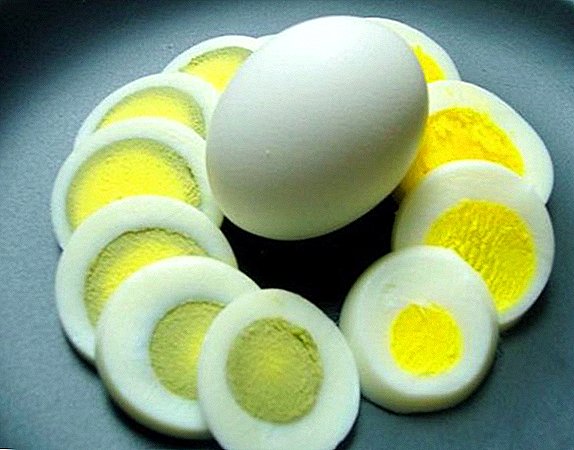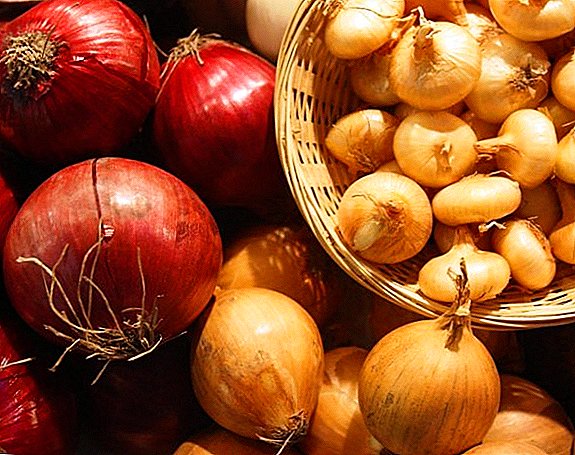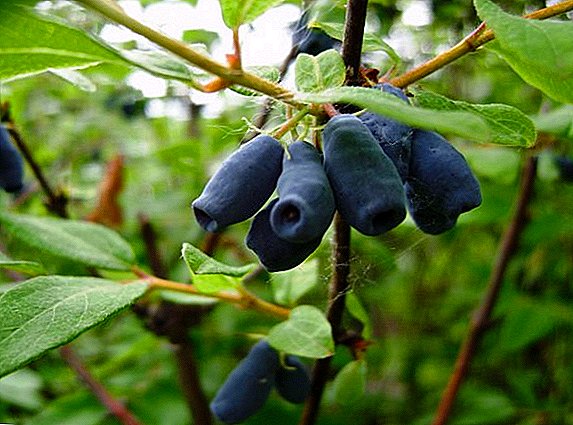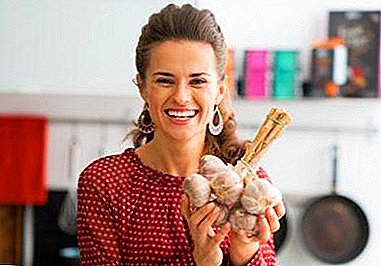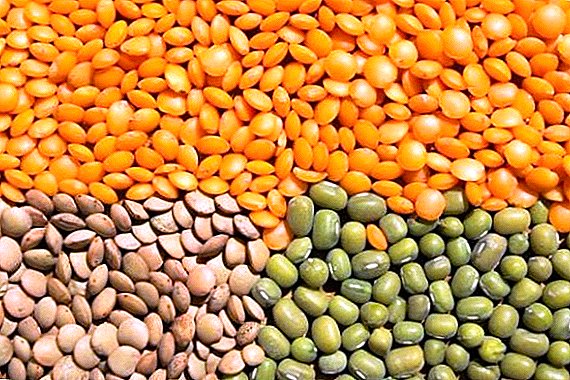 Among all the beet varieties, fodder takes a worthy place. It is an indispensable food in the winter for pets. She is adored by dairy cattle, pigs, rabbits, horses. The plant is rich in fiber, pectin, dietary fiber, carbohydrates, mineral salts and protein.
Among all the beet varieties, fodder takes a worthy place. It is an indispensable food in the winter for pets. She is adored by dairy cattle, pigs, rabbits, horses. The plant is rich in fiber, pectin, dietary fiber, carbohydrates, mineral salts and protein.
Beets significantly increase milk yield during the period of feeding animals with dry feed.. In addition, it refers to unpretentious plants with high yields. Not only root crops are used, but also the tops of the plant.
Choosing for sowing beet seeds for sowing, it is necessary to know that the most productive are the varieties of cylindrical, bag-shaped and elongated-cone-shaped. The varieties of conical shape of white, pink and yellow are famous for their sugar content.
Consider the most common varieties of fodder beet.
"Centaur"
 Fodder beet "Tsentaur" is bred by Polish breeders and belongs to multi-stem varieties of semi-sugar type. Root crops are white, oblong-oval in shape, weighing 1.2-2.7 kg.
Fodder beet "Tsentaur" is bred by Polish breeders and belongs to multi-stem varieties of semi-sugar type. Root crops are white, oblong-oval in shape, weighing 1.2-2.7 kg.
The peculiarity of this variety is the absence of lateral ramifications of root crops and the rapid growth of roots and leaves. The root furrow of this variety is small, so the roots are slightly polluted.
An important advantage of the variety is resistance to cerkosporioz and bolting. The plant is not demanding on the composition of the soil and is drought resistant. Root crops before harvesting are immersed in the soil by 60%, so they can be removed both mechanically and manually. The harvest is well preserved in cool rooms at temperatures from 0 to 4 ° C until May. The vegetation period is 145 days, the yield is 100-110 t / ha.
Did you know? Seeds of most varieties of fodder beet are multi-edged. This is explained by the fact that we do not sow seeds, but seedlings, therefore several plants grow from one ball. In this regard, the shoots need to break through. At present, breeders have developed quite a few single-growth varieties and hybrids, the seeds of which do not form seedlings.
"Ursus"
 The hybrid variety of Polish breeders is a semi-sugar multi-edged type. Root crop of yellow-orange color, cylindrical form, weighing up to 6 kg. The flesh is juicy, white. Root crops have a smooth surface, slightly polluted and immersed in the soil by 40%, so it will be easy to clean them manually.
The hybrid variety of Polish breeders is a semi-sugar multi-edged type. Root crop of yellow-orange color, cylindrical form, weighing up to 6 kg. The flesh is juicy, white. Root crops have a smooth surface, slightly polluted and immersed in the soil by 40%, so it will be easy to clean them manually.
The plant is not demanding on the composition of the soil, it is drought-resistant and is characterized by rapid growth of roots and leaves. Plant resistance to diseases is good, low tendency to tsvetushnosti. Root vegetables are well preserved until December and contain a lot of dry matter and sucrose. The vegetation period is 145 days, the yield of root crops is 125 tons / ha.
"Record"
 Fodder beet "Record" refers to varieties of Polish breeding and is a multi-stem plant of semi-sugar type. In terms of maturation refers to mid-late culture. Root crops of a cylindrical-conical shape without lateral branches, pink color, weighing up to 6 kg.
Fodder beet "Record" refers to varieties of Polish breeding and is a multi-stem plant of semi-sugar type. In terms of maturation refers to mid-late culture. Root crops of a cylindrical-conical shape without lateral branches, pink color, weighing up to 6 kg.
Its surface is smooth, 40% immersed in the soil. The flesh is white, juicy. Resistance to diseases and color flow is high. The fruits are well preserved. The growing season is 145 days, the yield is 125 t / ha.
"Kiev Pink"
 Variety bred by the Institute of Agriculture of Ukraine. It belongs to the popular multi-growing middle-ripening varieties. A root crop of a cylindrical and oval form, orange color. The variety is characterized by a small and shallow root furrow, so the roots are slightly polluted. Its immersion in the soil is 50%, which allows you to harvest in a mechanized way.
Variety bred by the Institute of Agriculture of Ukraine. It belongs to the popular multi-growing middle-ripening varieties. A root crop of a cylindrical and oval form, orange color. The variety is characterized by a small and shallow root furrow, so the roots are slightly polluted. Its immersion in the soil is 50%, which allows you to harvest in a mechanized way.
It reacts positively to fertilization in the soil and shows high yield. The variety is drought resistant, resistant to diseases and pests. The fruits are well preserved. The yield is 120 t / ha.
"Brigadier"
 Fodder beet "Brigadier" refers to varieties of German selection. Root crops have an oval-cylindrical shape, orange-green in color with a smooth-shiny surface and a weight of about 3 kg. High sugar content.
Fodder beet "Brigadier" refers to varieties of German selection. Root crops have an oval-cylindrical shape, orange-green in color with a smooth-shiny surface and a weight of about 3 kg. High sugar content.
A distinctive feature of the variety is the preservation of green and succulent tops until harvesting. The plant is not demanding on the composition of the soil and is drought resistant.
Seedlings withstand short-term frosts down to -3 ° С, in adult plants up to -5 ° С. Beet "Brigadier" has a good presentation and is resistant to color. Harvesting can be carried out both mechanically and manually. Root crops contain a high percentage of dry matter, therefore they are stored for a long period. The vegetation period is 120 days, the yield is 150 t / ha.
"Lada"
 Fodder beet "Lada" is bred by Belarus breeders and belongs to single-growth varieties. Root white or pinkish-white, oval-cylindrical shape with a pointed base, weighing up to 25 kg. The flesh is white, juicy, dense. Root root immersion in the soil is 40-50%. A distinctive feature of this variety is resistance to drought and disease. The seeds of the plant are treated with a complex of protective-stimulating substances. This allows the seedlings not to be afraid of adverse weather conditions, pests and diseases.
Fodder beet "Lada" is bred by Belarus breeders and belongs to single-growth varieties. Root white or pinkish-white, oval-cylindrical shape with a pointed base, weighing up to 25 kg. The flesh is white, juicy, dense. Root root immersion in the soil is 40-50%. A distinctive feature of this variety is resistance to drought and disease. The seeds of the plant are treated with a complex of protective-stimulating substances. This allows the seedlings not to be afraid of adverse weather conditions, pests and diseases.
Low-color variety. There is a persistence of plants throughout the entire growth period against cercoplasm and rope rot during storage. The fruits are well preserved. The advantage of the variety "Brigadier" is also the preservation of green and succulent tops throughout the growing season and saving seed, because on 1 hectare only 4 kg of seeds are needed. Suitable for manual cleaning. The average yield of 120 t / ha.
"Hope"
The fodder beet "Nadezhda" is intended for cultivation in the conditions of the North-Western, Middle Volga and Far Eastern regions of Russia and belongs to single-growth varieties.
 Root crop is oval-cylindrical, red. The leafy plates of the plant are green with a slight anthocyanin coloration. The flesh is white, juicy. Root root immersion is 40%. Plant resistance to powdery mildew and chalcosporosis is average. Productivity varieties high.
Root crop is oval-cylindrical, red. The leafy plates of the plant are green with a slight anthocyanin coloration. The flesh is white, juicy. Root root immersion is 40%. Plant resistance to powdery mildew and chalcosporosis is average. Productivity varieties high.
Did you know? Anthocyanin coloring of the leaves is caused by the pigment anthocyanin. It has blue light in an alkaline environment and red in acid. Anthocyan-containing leaves, in comparison with green, absorb more energy of the sun. The temperature difference between red and green leaves in sunny weather is 3.5 degrees, and in overcast - 0.5-0.6 degrees.
"Milan"
 The variety of fodder beet "Milan" refers to single-growth hybrids of semi-sugar type, bred by Belarus breeders. A distinctive feature of the variety is the rapid growth in the initial period.
The variety of fodder beet "Milan" refers to single-growth hybrids of semi-sugar type, bred by Belarus breeders. A distinctive feature of the variety is the rapid growth in the initial period.
The root crop is oval, medium in size, white in the lower part and green in the upper. The leaves are medium in size, green in color with white veins, rounded shape.
Designed for cultivation on all types of soil. Immersion in the soil of the root is 60-65% with low contamination. Harvesting can be done mechanically and manually. The plant is resistant to tsvetushnosti and chalcosporosis. Harvest suitable for long-term storage. The yield is 90 t / ha.
"Vermon"
 Fodder beet "Vermon" refers to single-seeded hybrid varieties grown in the Central region of Russia. The root crop is cylindrical-conical in shape, of medium size, white in the lower part and green in the upper. The average yield is 90 t / ha.
Fodder beet "Vermon" refers to single-seeded hybrid varieties grown in the Central region of Russia. The root crop is cylindrical-conical in shape, of medium size, white in the lower part and green in the upper. The average yield is 90 t / ha.
Important! Feed beets are more efficient to grow in areas after barley, alfalfa and legumes.
"Jamon"
 The variety of fodder beet "Jamon" refers to single-seeded hybrids grown in the conditions of the Central Black Earth economic region of Russia. The root crop is cylindrical-conical in shape, of medium size, yellow-orange in the lower part and orange in the upper. Leaf plates of a plant of medium size, green color on short petioles. Resistance to the defeat of cercosporosis is average; The average yield is 84 t / ha.
The variety of fodder beet "Jamon" refers to single-seeded hybrids grown in the conditions of the Central Black Earth economic region of Russia. The root crop is cylindrical-conical in shape, of medium size, yellow-orange in the lower part and orange in the upper. Leaf plates of a plant of medium size, green color on short petioles. Resistance to the defeat of cercosporosis is average; The average yield is 84 t / ha.
"Starmon"
Fodder beet "Starmon" refers to a single-seeded hybrid variety grown in the conditions of the Central Black Earth economic region of Russia. The root is conical, yellow in the bottom and green in the top. The rosette of leaves is upright, leafy plates of green color with white veins on long petioles. Yield varieties up to 70 t / ha.
 Although fodder beet belongs to unpretentious plants, but in order to achieve high yields, it is necessary to choose the right area for planting. Beetroot grows well on loamy, sandy, fertile soils. Grow roots on saline, acidic, prone to waterlogging soils will not succeed.
Although fodder beet belongs to unpretentious plants, but in order to achieve high yields, it is necessary to choose the right area for planting. Beetroot grows well on loamy, sandy, fertile soils. Grow roots on saline, acidic, prone to waterlogging soils will not succeed.
Important! In addition to the type of soil, the yield of fodder beet is influenced by the sowing date of the seeds, climatic conditions, the depth of sowing, and the sufficient supply of water and oxygen to the shoots.
Before planting fodder beets, it is necessary to determine the priorities of the future crop, combine them with the characteristics of each variety and decide which beet varieties are best planted in their own plot.


